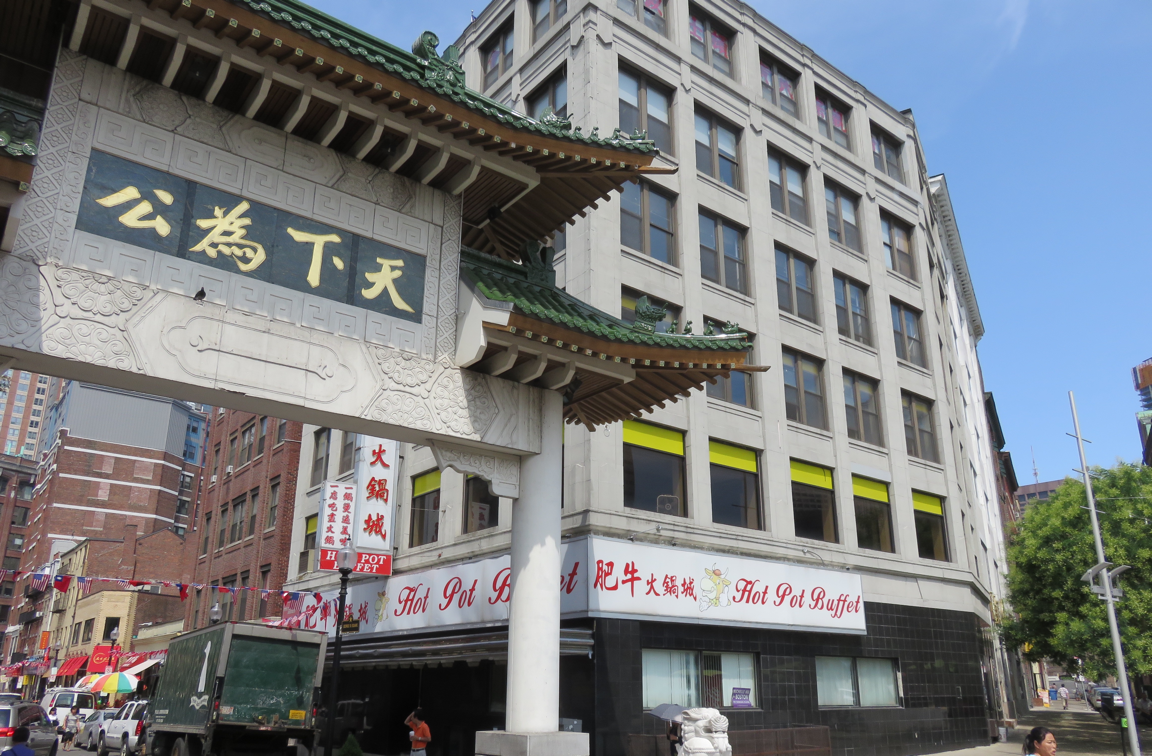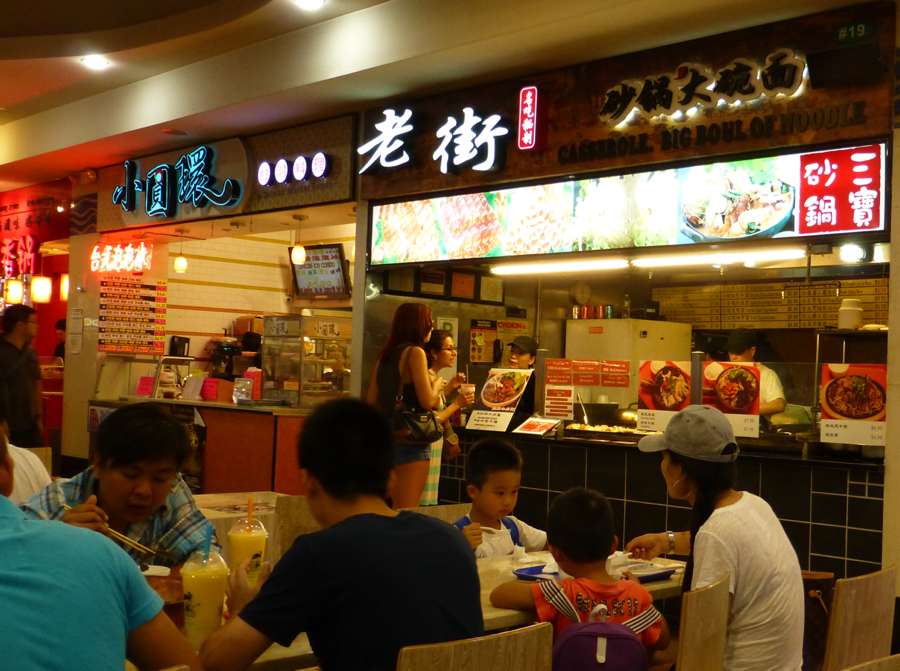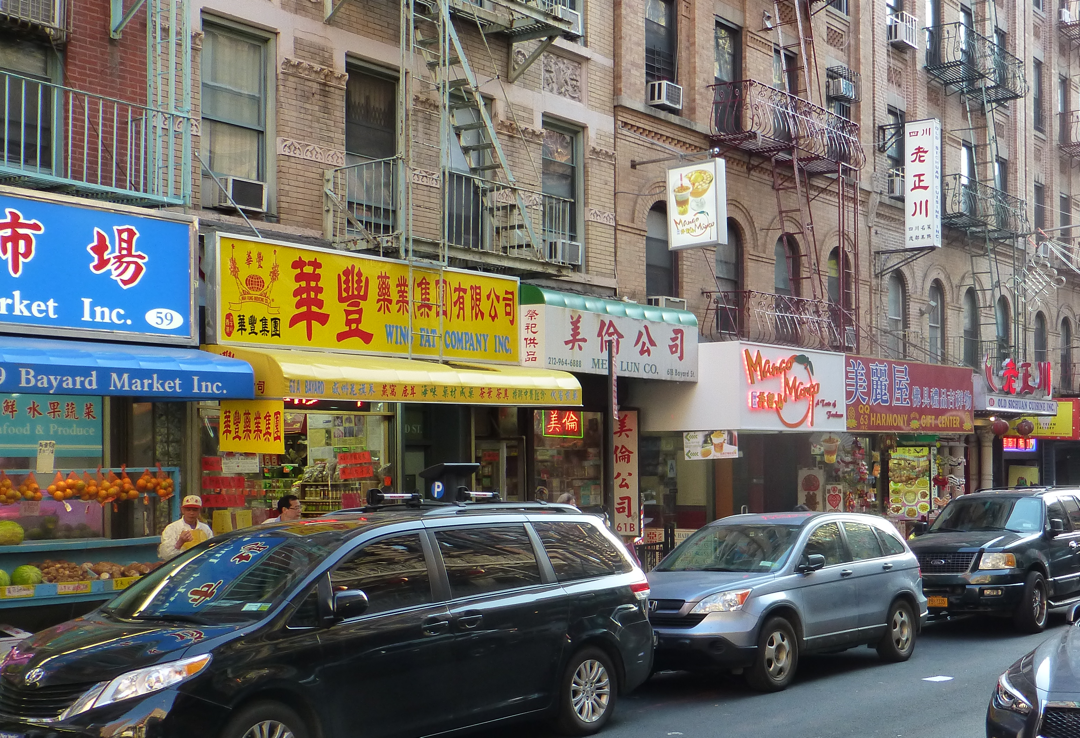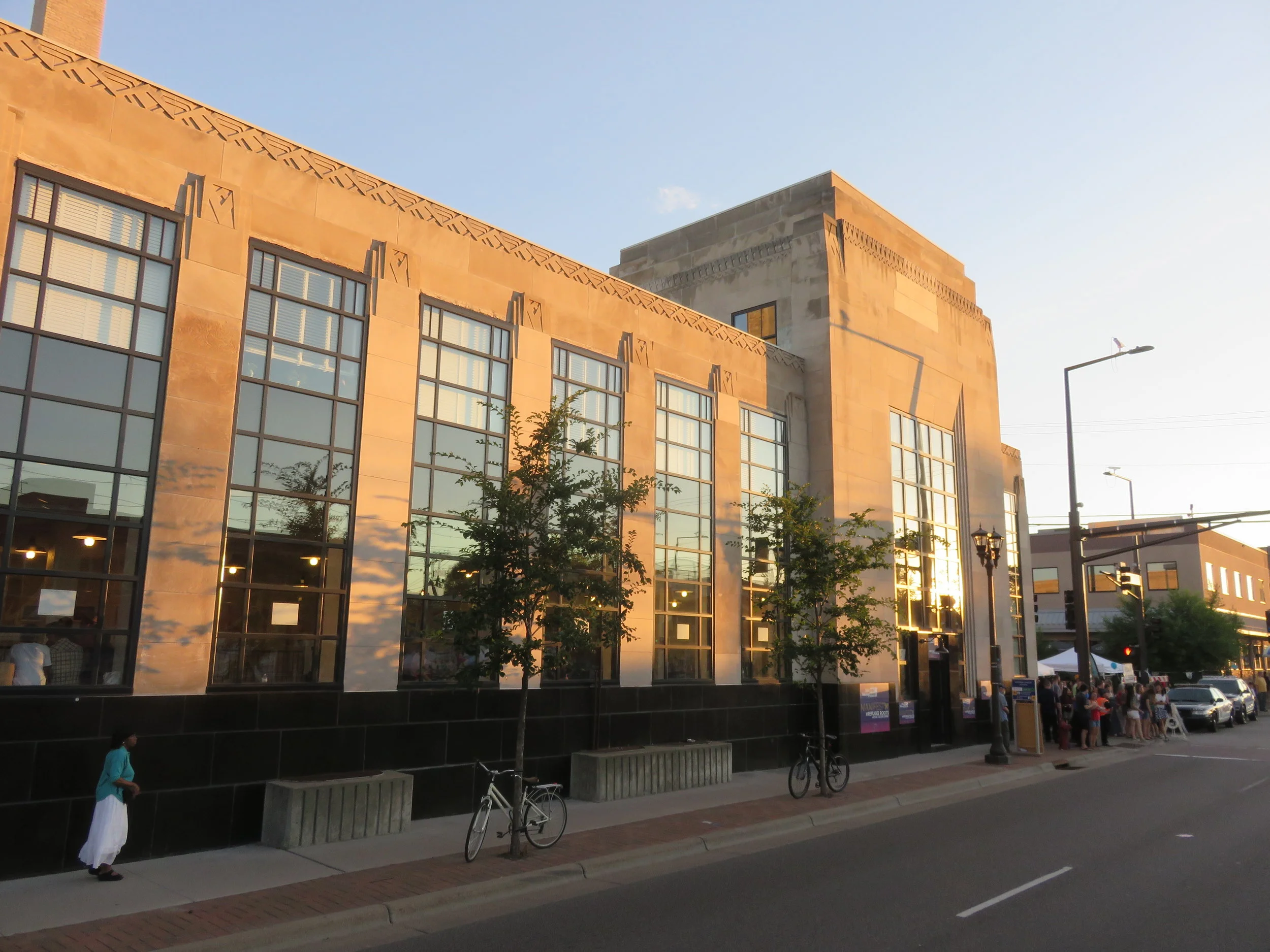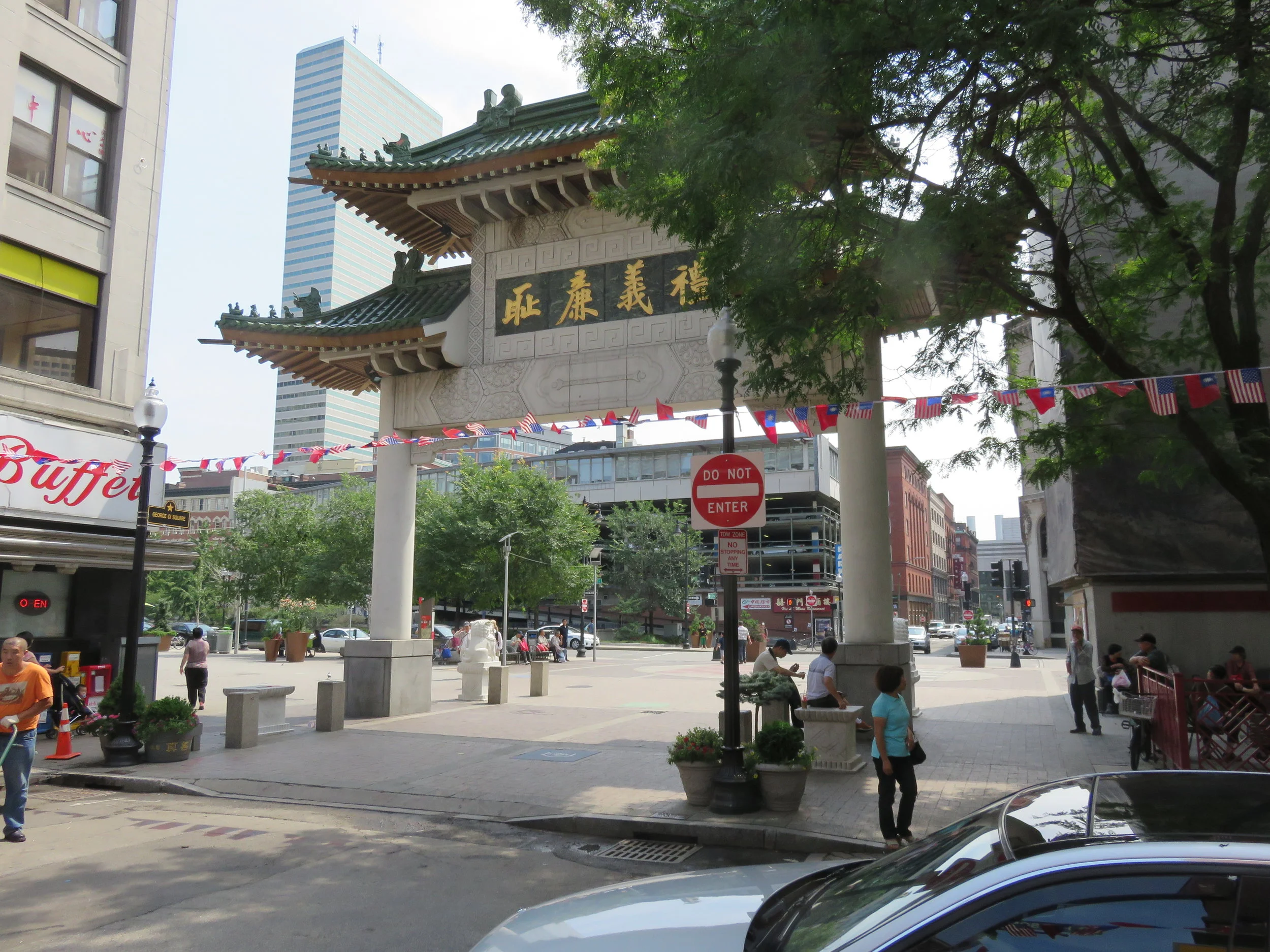New York City - Manhattan Chinatown
/How to get there:
This neighborhood has been pushing its boundaries east and north in the 21st Century, but the traditional entrance is still a classic: the Canal Street subway station, served by the 6 (local and express), and the 4, J, R, and Z trains.
Other stations that put you inside or in easy walking range are Grand Street, on the B and D lines, and also the Bowery Station, served by the J and Z.
Depending on the length of your stay, a multi-ride MetroCard from the MTA can represent a great bargain, and makes New York City very easy to get around.
A brief history:
By the 1870s, declining job prospects in California (after the Gold Rush and railroad booms had faded) and growing anti-Chinese actions there pushed first-generation migrants ever eastward, first to Chicago and then to New York.
The southeast corner of Manhattan then was slum territory – overcrowded, under-policed, a waiting firetrap with cigar shops, garment factories, and warehouses willing to pay next-to-nothing to those desperate for work. Mott Street was where the newcomers first found places to stay, and stay they did. When the Chinese Exclusion Act was enacted in 1882, there were about 2,000 Chinese in the Lower East Side – that population tripled by 1900 but was almost entirely male, as women largely did not participate in the waves of emigration until after World War II.
Fierce anti-Asian bigotry from the other immigrant groups in New York hemmed the Chinese population into just a few ridiculously cramped city blocks, and coupled with the absence of women – and thus families – the men created tribal gangs to find work, look after each other, and claim scarce resources… which meant crime and violence were rampant in the ghetto. This situation held all the way up to the 1960s, when finally fresh immigration brought the gender ratio into something more balanced.
Even while Chinatown’s population was booming in the 1970s and 1980s, housing was still substandard and many buildings in the Bowery and Lower East Side were derelict. Drugs, street gangs, and violence were pervasive – this was not a neighborhood people wanted to visit, eat in, or live in – it was the embodiment of the stereotype of lawless New York City, notably filled with non-white criminals and poor, as seen in countless movies and TV shows of the era. New York’s renaissance had not yet begun.
Yet even in this bleak situation, Chinese kept moving in – instead of Cantonese groups who had been the mainstay of Chinatown from the 1880s onward, however, these were Fujianese, Taiwanese, and northern Mandarin-speakers. Reinvestment, residential rent controls, community-oriented policing, better economic conditions in general, and more trade with Asian countries all helped stabilize Chinatown as the 1990s started. As the city started its redevelopment, and commercial rent pressures grew, residents and immigrants started populating and building businesses in other parts of the city, like Flushing in Queens and Sunset Park in Brooklyn. Well over a half-million people of Chinese descent now live in NYC proper, and another quarter-million in the surrounding Tri-State Area, making this the biggest urban concentration of Chinese outside Asia.
What to see and do:
Chinatown is compact and easily walkable for grownups and kids. Canal Street is the main thoroughfare and was also traditionally the place to go for designer knockoffs of bags, watches, and clothing – this has become gradually less so each year, partly due to stricter enforcement, but more so to soaring rents: banks and restaurants are taking over spaces that used to be inexpensive hawker stalls.
More-interesting shopping for families can be found up and down Mulberry, Mort, and Elizabeth Streets for the block south of Canal – miniature shopping malls for clothing, anime and toys, and arts and crafts line the area. Stationers, home and kitchen-supply stores, electronics merchants, grocery stores, and serious art galleries are also abundant. Hunting this area could easily consume a couple hours.
Image by Marina on Flickr; CC 2.0 license
Bounding these blocks to the southwest is Columbus Park; green space well-used and loved by local residents. Watch for people meditating and practicing tai chi; live music events are often held there.
Image by Dmitri Robert via Flickr; CC 2.0 license
The southeast corner of the neighborhood is Chatham Square, where Bowery, Worth, and East Broadway intersect – East Broadway is a “newer” part of Chinatown, where Fujianese have settled since the 1990s. To the north, walk up Doyers Street for a “Diagon Alley”-feeling: this narrow, twisted lane holds many colorful shops.
Image by Henning Klokkeråsen via Flickr; CC 2.0 license
At the intersection of Bowery and Canal is Confucius Plaza and the entrance to Manhattan Bridge.
Restaurants abound through the entire district; fast food and bubble-tea counters to casual eateries to high-end productions. Please don’t think with a family that you’ll have to settle for food-court fare or McDonald’s to eat affordably – it’s actually quite possible that the most reasonably-priced dining in all Manhattan can be found in Chinatown! For instance, I’ve had an amazing and satisfying meal at New York Noodletown; enough for leftovers; for well under $10.
A few dining reference guides to check out include the New York Eater Chinatown newsfeed; this guide from Thrillist; and a concise listing from Grub Street. Or you could just wander around and see which places are getting good foot traffic; that’s where you want to go.
Image by Monica Wong via Flickr; CC 2.0 license
The Museum of Chinese in America, (admission $10 adult/$5 for kids) on the north end of the neighborhood at 215 Centre Street, holds at least two rotating exhibits, offers educational and artistic activities for children, and also offers neighborhood tours (at extra charge). They also house a reconstructed general store and artifacts from old Chinatown.
Where family travelers can stay:
While there aren’t many family-compatible hotels in the neighborhood itself (the Best Western Bowery Hanbee, the Wyndham Garden Chinatown, and the independent Hotel Mulberry would be three to look at, plus the Sheraton Tribeca New York and the Hilton Garden Inn Tribeca are only a couple blocks west on Canal); the convenience of the subway network opens up other lodging options, such as in Lower Manhattan:
Holiday Inn Financial District (by the Rector Street station on the R train)
Holiday Inn Wall Street (Fulton Street station on the J and Z lines)
Residence Inn Downtown Manhattan (also the Fulton Street station)
On the East Side:
Holiday Inn – Lower East Side (Essex Street station on the J and Z)
And in Midtown:
Hyatt Union Square (at the Union Square station, with the 6 and R lines)
DoubleTree by Hilton Hotel Metropolitan (51st Street station on the 4 and 6)
Best Western Plus Hospitality House (also the 51st St. station)
Image by Erin Johnson via Flickr; CC 2.0 license
What other family travel attractions are nearby?
At this point, Chinatown has virtually encapsulated Little Italy and it’s easy to walk right past it: the few blocks on Baxter and Mulberry between Canal on the south and Broome on the north still hold iconic restaurants and street scenes you’ll recognize from the movies.
Canal Street west of Chinatown is the Tribeca neighborhood, an easy walk, and a rich ground for visual art galleries and museums.
The Cortlandt Street and Fulton Street stations south of Chinatown are the closest to the World Trade Center and its memorial museum, Zuccotti Park of protest history, and Wall Street. The site of the Twin Towers is profoundly moving for those of us who were adults at 9/11, and truly a must-visit place for children on a trip to New York City: reading the names of the victims and the fallen rescuers, and seeing the faces of the families, friends, and citizens who have come to pay respect, make a powerful lesson about how deep America’s multicultural and multiracial identity has become, and that everyone has a place in this city and country.
See also:
Our Pinterest folder for New York City
And other interesting resources can be found at:
http://www.explorechinatown.com/ for news and events

